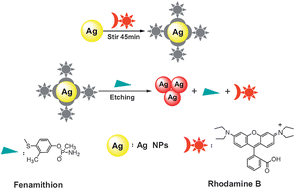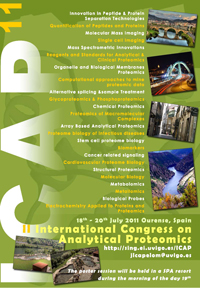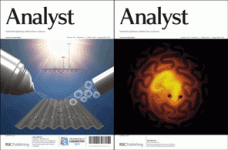 This study describes the development of an effective detection probe for the visualisation of organophosphorous pesticides based on the rare combination of both colorimetric and fluorescent output.
This study describes the development of an effective detection probe for the visualisation of organophosphorous pesticides based on the rare combination of both colorimetric and fluorescent output.
Haibing Li and co-workers at the Central China Normal University developed a versatile yet simple strategy for the fabrication of a highly selective and sensitive fenamithion probe based on Rhodamine B modified silver nanoparticles. They propose and prove a novel amino-containing analyte-induced etching mechanism to explain their results. This system allows prompt on-site and real-time detection of the pesticide, fenamithion, in real vegetable and water samples, with high sensitivity and excellent anti-disturbance ability.
Interested in knowing more? Read the article for free until March 1st.
Dual-signal fenamithion probe by combining fluorescence with colorimetry based on Rhodamine B modified silver nanoparticles
Zhimin Cui, Cuiping Han and Haibing Li
Analyst, 2011, Advance Article
DOI: 10.1039/C0AN00617C

















